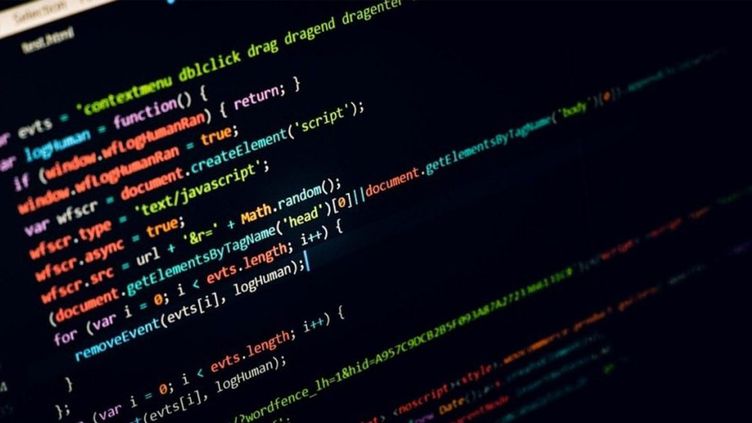
JavaScript
Introduction to JavaScript Syntax: A Beginner's Guide
Written by:
Raphael Batagini
Published on:
Wed Jul 12 2023
Welcome to our comprehensive blog post on 'Introduction to JavaScript Syntax'! Whether you're new to coding or looking to refresh your skills, this post is the perfect starting point for learning the fundamental concepts of JavaScript, a versatile programming language used to create dynamic and interactive web content. We'll cover each topic in detail, providing code examples and explanations to help you understand the code behavior better.
What is JavaScript?
Before we delve into the code examples, let's gain a clear understanding of JavaScript. Developed by Brendan Eich in 1995, JavaScript is a powerful, high-level, and interpreted programming language. It is widely used in web development to enhance the interactivity of websites, making them more user-friendly and engaging.
Getting Started - Hello World!
Let's begin with a simple yet essential example to grasp the basic syntax of JavaScript. The traditional "Hello, World!" example demonstrates how to output text to the browser's developer console using the 'console.log()' function. This function is frequently used for debugging and providing feedback during development.
console.log("Hello, World!");Upon running this code, the browser's console will display "Hello, World!" This demonstrates how JavaScript code can directly interact with the browser environment.
Variables and Data Types
JavaScript uses variables to store and manipulate data. Unlike statically typed languages, JavaScript is dynamically typed, allowing variables to change data types during runtime. Let's take a closer look at declaring variables and assigning values:
let name = "John";
let age = 30;
let isNewMember = true;In this example, we declared three variables: 'name', 'age', and 'isNewMember'. The 'let' keyword is used to declare variables in JavaScript. 'name' stores a string, 'age' stores a number, and 'isNewMember' stores a boolean value.
Operators in JavaScript
Operators enable us to perform various operations on variables and values. We'll cover three types of operators: assignment, comparison, and logical operators.
Assignment Operator
The assignment operator (=) is used to assign values to variables:
let x = 10;
let y = 5;Comparison Operators
Comparison operators help compare two values and return a boolean result:
let isEqual = x === y; // Is x equal to y?
let isNotEqual = x !== y; // Is x not equal to y?
let isGreater = x > y; // Is x greater than y?
let isLess = x < y; // Is x less than y?
let isGreaterOrEqual = x >= y; // Is x greater than or equal to y?
let isLessOrEqual = x <= y; // Is x less than or equal to y?Logical Operators
Logical operators allow combining multiple conditions:
let isTrue = true;
let isFalse = false;
let resultAND = isTrue && isFalse; // Logical AND
let resultOR = isTrue || isFalse; // Logical ORControl Flow: Conditional Statements
Conditional statements enable us to make decisions in our code. By using 'if', 'else if', and 'else', different code blocks can be executed based on specific conditions:
let score = 75;
if (score >= 90) {
console.log("Excellent! You got an A.");
} else if (score >= 80) {
console.log("Well done! You got a B.");
} else if (score >= 70) {
console.log("Good job! You got a C.");
} else {
console.log("Keep going! You need to improve.");
}In this example, depending on the value of 'score', a different message will be displayed, providing feedback to the student.
Control Flow: Loops
Loops are essential for executing a block of code repeatedly. We'll cover 'for', 'while', and 'do-while' loops.
for Loop
The 'for' loop allows iterating over a block of code a specific number of times:
for (let i = 1; i <= 5; i++) {
console.log(i);
}while Loop
The 'while' loop executes a block of code while a specified condition is true:
let i = 1;
while (i <= 5) {
console.log(i);
i++;
}do-while Loop
The 'do-while' loop ensures that the code block executes at least once, even if the condition is initially false:
let j = 1;
do {
console.log(j);
j++;
} while (j <= 5);Conclusion
Congratulations! You've now learned about variables, data types, assignment, comparison, and logical operators, as well as conditional statements and loops in JavaScript. These are the building blocks of any JavaScript program, and understanding them is crucial for becoming proficient in web development.
We hope you found this blog post helpful. If you have any questions or need further assistance, feel free to leave a comment below. Happy coding!